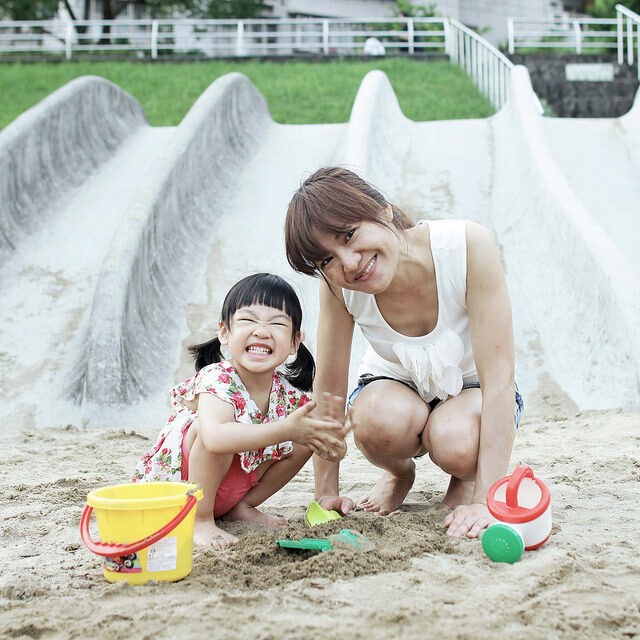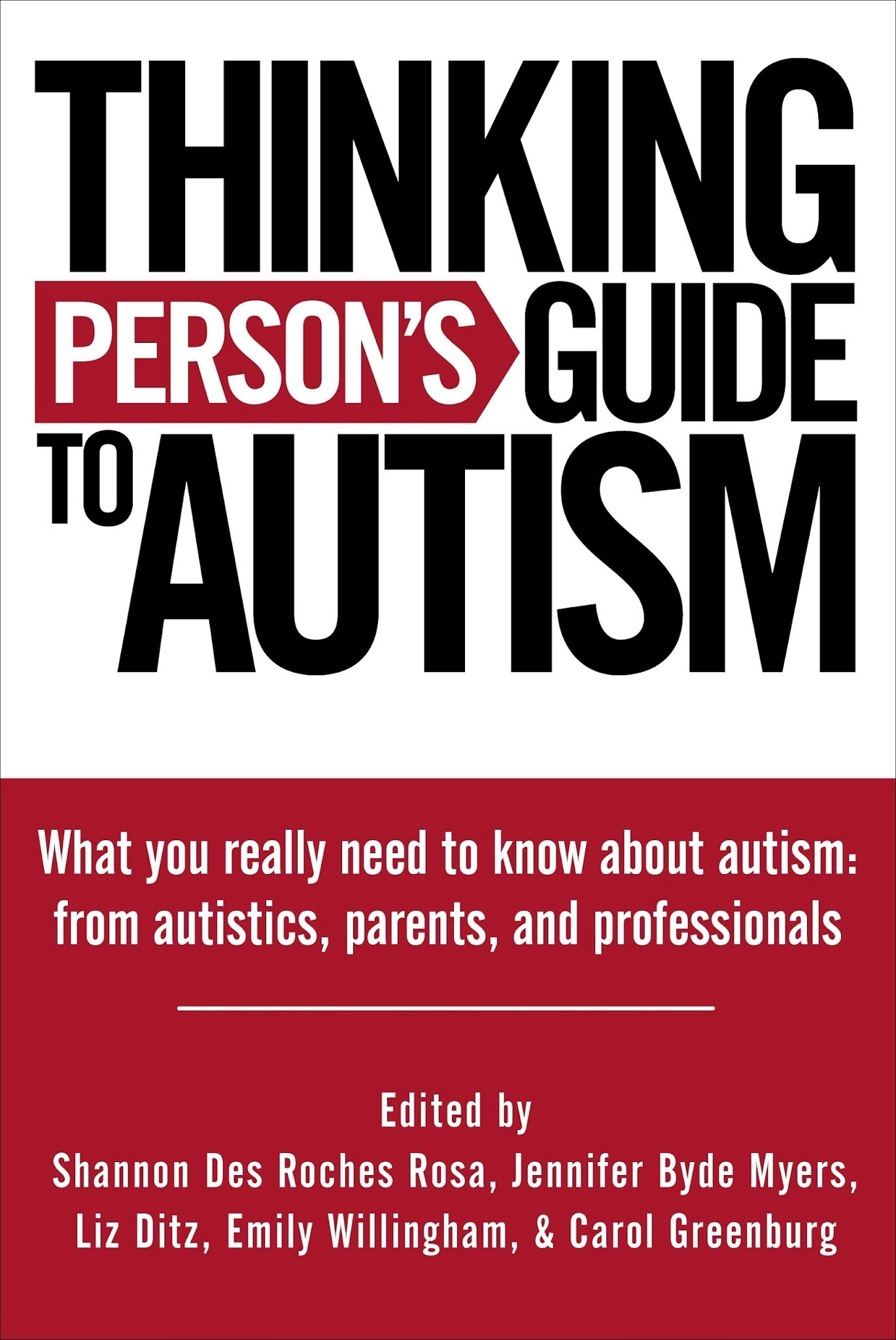Don’t take away your child’s voice; take away their suffering. ABA is a cruel response to aggressive behavior. Meet that behavior with love, calm, support, and an investigative search for the source of your child’s struggle instead.
Tag: Brenda Rothman
Brenda Rothman mamabegood.blogspot.com An adult’s response to an autistic child’s upset is the single, most important factor in whether the child’s upset is escalated or calmed. We must remain calm. We must understand — at a gut level — that the child’s reaction — whether to yell, hit, bite, or flail — is frustration and that is all. As “disorientation is one of the least bearable of all psychological experiences” (Neufeld & Maté), we must understand that children are disoriented by their emotions, frustrated by communication. It is not personal. It is not hate. It is merely frustration. When we begin to feel overwhelming emotions in response to our children’s actions — like sadness, upset, anger, fear, or resentment — we need to calm ourselves for the immediate moment. However you need to do that — by breathing, talking to yourself, repeating a mantra. For the long term, you will…
2012 was an eventful year at Thinking Person’s Guide to Autism: Our book drew much acclaim, three new editors joined our team, we featured more than 30 profiles of Autistic kids and adults for April’s Slice of Life series, we went to the International Meeting for Autism Research in Toronto, our Facebook community hit and surpassed 10,000 members while remaining a nexus for thoughtful autism news and conversation, and we were cited and our editors were interviewed frequently — especially whenever autism made headlines. We also continued to publish thought-provoking and educational essays and interviews on this site, and all enjoyed and learned from the ensuing discussions. The 15 TPGA posts (with excerpts) below were 2012’s most popular — meaning hotly debated and/or praised — and give a sense of what we in the Thinking Person’s Guide to Autism community had on our minds these past twelve months. Thank you…
Brenda Rothman mamabegood.blogspot.com Parents of autistic children are exposed to fears about their children way too early and too often. We hear fears about cognitive ability, fitting in, relationships, bullying, adulthood, job opportunities, independence, financial support, catching up. What we read on the internet scares us. What we read in the paper scares us. What service providers, teachers, and well-meaning people tell us scares us. Sometimes we get stuck in fear and we can’t find a way out. Our brains are wired to produce more connections to the areas we use more. So the more time we spend stuck in fear around our children and their futures, the more connections we build, the stronger those areas become. We build more neural roads between our synapses of autism and fear. We get stuck on those roads. Autistic children and adults have valid and genuine challenges. And parents need to address those. …
Brenda Rothman mamabegood.blogspot.com I had a lovely conversation with another mom of an autistic child, face to face, sipping coffee, while we talked about hot-button issues in the autism community. Without losing respect or good will for each other. Maybe it was the coffee. It was good coffee. We debated “cure:” why some parents want it and why autistic persons are offended by it. She said the desire for a cure would never disappear for some autism parents because their children are more severely challenged. She told me the story of a single mom with an adult autistic son, who was non-verbal, had restricted motor abilities, was self-injurious, and would never live independently. She related how difficult it is for the single mom to handle her grown child, how distraught she is about how she would care for her child as she aged, who would care for her child after…
Brenda Rothman mamabegood.blogspot.com In my recent post about my autistic son not being accommodated at Disney World, some people responded with a vehement defense of Disney. It’s almost as if they themselves felt attacked. The same thing happened in the comments of Lydia Brown’s post about Autism Speaks. Neither Disney nor Autism Speaks will suffer from our criticisms. People will still visit and enjoy Disney. People will still donate, work for, and receive services from Autism Speaks. But those corporations, their goals, employees, and supporters can harm others. The readers who respond defensively aren’t really defending the corporations. Maybe they’re defending the kind employees they’ve met, like the Disney cast member who went out of her way to help their child, to make him happier, more comfortable, make their experience easier. Or the Autism Speaks parent volunteer who has an adorable autistic child, who loves her child more than life,…
Brenda Rothman mamabegood.blogspot.com Last week, the American Academy of Pediatrics (AAP) released a policy statement (1) on sensory integration therapies. The AAP recommended that pediatricians should not diagnose sensory processing disorder as a stand-alone diagnosis, but should refer children for an evaluation for other possibilities, like autism, ADHD, motor, or anxiety disorders. AAP also advised pediatricians to inform parents of the limited amount of research for sensory therapy and to help them set up a program to determine its effectiveness. Stating that we should monitor and judge the effectiveness of sensory therapy seems straight-forward and logical. However, the pediatricians’ statements about the policy reveal an underlying problem. Their argument that sensory issues may actually be behavioral is not untenable. But it also has the potential to cause harm. Given the discomfort, the related issues like emotions, relationships, brain science, parenting, and the risks of treating sensory issues as behavioral, we…
Brenda Rothman mamabegood.blogspot.com I have this image in my head whenever anyone says “learning.” Learning means a teacher standing in front of students, who are sitting at desks, listening quietly to the teacher talk facts, figures, and concepts. Anytime I say “learning,” I think “academics,” by which I mean “readin’, writin’, and ‘rithmatic.” ‘Cause I’m a product of that kind of learning. From elementary to college to law school, learning was sitting in a room with a large group of people and memorizing. Jeez, the number of things I’ve memorized, the number of meaningless mnemonics. That’s why I think that the only way a child learns is from school, from an adult telling them facts. But that means a child is incapable of discovering something on his own. That he can’t explore and figure things out without an adult telling him to do so or telling him what it means.…
Brenda Rothman mamabegood.blogspot.com In our neck of the woods, we talk about race. We use “black” and “white.” It kinda freaks people out. But we feel having the conversation is important. Much more important than ignoring it. The other day, I was talking about skin color. See, Jack doesn’t notice people’s skin color. Instead, he looks at foreheads and hair color. It’s just the way his brain is wired. So I find it kinda random, based on our own wiring, that we use race to identify people. I mean, I know that we do. It’s in our history. It’s in our society. But, I’m thinking, my child sees people, not people categorized by skin color. Isn’t that what we want? If he’s already treating everyone the same, why should I label people based on race? So I asked Denene Millner, founder, editor, author of the website My Brown Baby the…
Brenda Rothman mamabegood.blogspot.com It was a coolish summer day, no humidity, a perfect day on the porch. We have an old-fashioned front porch, meant for eating, for socializing, for calling out over the railings to neighbors and friends. A large, narrow-planked porch with columns, rockers, sofas, ceiling fans, and lemonade. We dragged the sand box, literally a box filled with sand, to the middle of the porch. I lugged buckets of water from the kitchen and kaplooshed the water into the water table. I fetched a spoon and a tin of baking powder and Jack was set. Jack: Then a little salt and a little more sand and stir, stir, stir. I could watch him do this all day. When he was three and the other three-year-olds at preschool were doing this, Jack wasn’t. He wasn’t talking, he wasn’t interacting, he wasn’t playing. And he was worried. More worried than…


